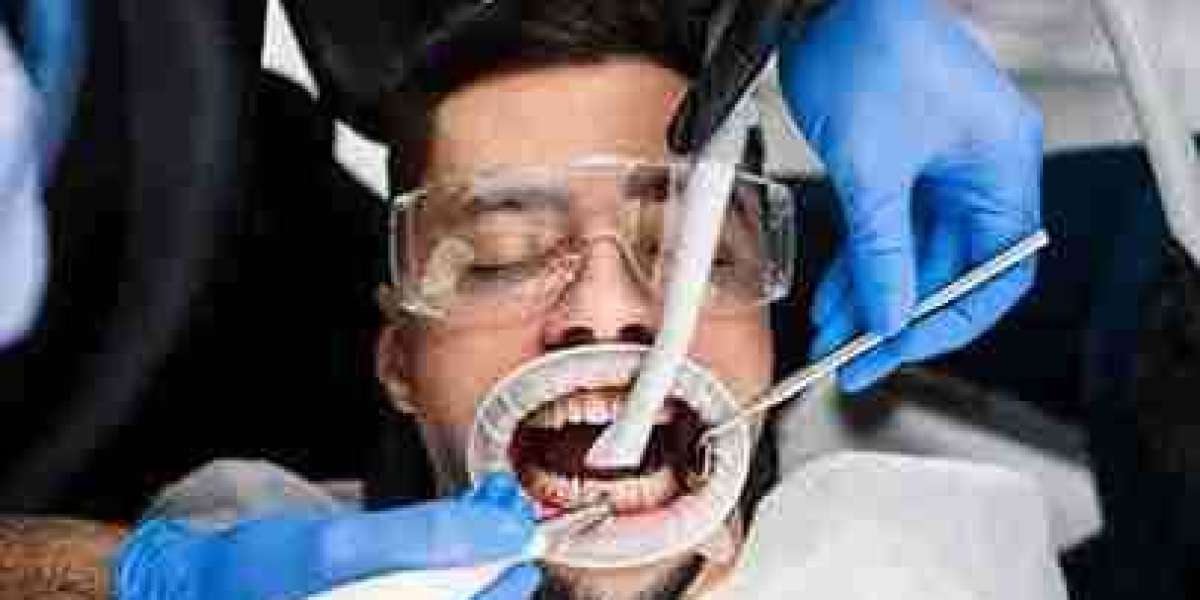A radiant, white smile can do wonders for your confidence and first impressions. However, over time, teeth can accumulate stains or lose their natural brightness, leaving many people looking for effective ways to restore their sparkle. Teeth whitening is often seen as a simple cosmetic fix, but there’s more to it than meets the eye. Understanding the science, limitations, and safety of teeth whitening treatments helps you make the right choices and achieve lasting results. This article breaks down the important facts about teeth whitening from the causes of stains to what works, so you can confidently brighten your smile.
Why Do Teeth Get Stained?
Teeth don’t lose their whiteness for no reason. Staining occurs due to a combination of external factors and changes within the tooth structure. The two main types of stains are:
- Extrinsic stains: These affect the surface enamel and result from exposure to certain foods, drinks, and lifestyle habits. Common causes include coffee, tea, red wine, smoking, and even some coloured sauces like soy or curry. These surface stains can often be addressed with good oral hygiene and whitening treatments.
- Intrinsic stains: These happen within the tooth itself, beneath the enamel. They may be caused by trauma, certain medications during tooth development (like tetracycline), excessive fluoride, or simply ageing. Intrinsic stains are deeper and often require professional intervention.
Understanding Teeth Whitening Methods
The demand for whiter teeth has led to a wide range of products and procedures. However, not all whitening methods are equally effective or safe.
Professional Whitening
Dental clinics offer treatments with stronger bleaching agents under the supervision of qualified professionals. These can be in-office procedures using high-concentration gels and sometimes light activation or tailored take-home kits. Advantages include:
- Rapid and dramatic whitening results
- Customisation based on individual dental health
- Reduced risk of gum irritation or sensitivity due to professional monitoring
Over-the-Counter Products
Whitening toothpastes, strips, and gels are popular because of convenience and lower cost. However, they generally contain weaker bleaching agents, meaning results take longer and may be less noticeable. There’s also a risk of misuse leading to uneven colour or damage if instructions aren’t followed carefully.
Natural and DIY Methods
Home remedies like brushing with baking soda, activated charcoal, or lemon juice are widely talked about, but can be harmful. These substances may erode enamel or irritate gums, causing long-term damage rather than whitening.
How Does Teeth Whitening Work?
Whitening agents, typically hydrogen peroxide or carbamide peroxide, penetrate the enamel and break down coloured molecules, causing stains. This chemical process lifts and lightens discolouration gradually.In dental clinics, treatments are controlled to maximise safety and minimise sensitivity. The depth of whitening depends on the concentration of the bleaching agent and treatment time.
Debunking Common Whitening Myths
Misinformation about teeth whitening Bury is widespread. Here are some facts to clarify:
- Whitening damages enamel: When used as directed by dental professionals, whitening is safe and does not weaken enamel. Problems arise mainly from overuse or using unregulated products.
- All teeth whiten equally: Dental restorations such as crowns, veneers, or fillings do not respond to whitening agents and can create uneven shades.
- Whitening is permanent: Results gradually fade over months or years due to diet and habits. Maintenance treatments are usually necessary.
- Natural remedies are just as good: Many DIY methods are ineffective or damaging; professional advice is always best.
Who Should Think Twice Before Whitening?
Certain groups should avoid or be cautious with whitening treatments, including:
- Pregnant or breastfeeding women (due to a lack of conclusive safety data)
- Children under 16, unless supervised by a dentist
- Individuals with gum disease, tooth decay, or significant sensitivity
- People with extensive dental restorations
Consulting a dental professional before starting whitening is essential to avoid complications.
The Connection Between Oral Health and Whitening
Teeth whitening is a cosmetic procedure, but healthy teeth and gums are the foundation for success. Poor oral health can lead to uneven whitening, irritation, or infections.Regular dental check-ups, professional cleanings, and diligent home care help prepare your mouth for whitening and maintain its results. Address any existing dental problems before undergoing cosmetic treatments to protect your oral health.
Video link - Professional Teeth Whitening Bury – Affordable Safe
Lifestyle Factors That Influence Teeth Colour
Even after professional whitening, lifestyle habits play a major role in how long your sparkle lasts. Consider these tips to maintain your bright smile:
- Limit staining beverages like coffee, tea, and red wine
- Avoid tobacco products, which cause significant staining
- Rinse your mouth with water after meals or drinks that can stain your teeth
- Use a straw for coloured drinks to reduce contact with teeth
- Maintain a good oral hygiene routine, including brushing twice daily and flossing
By making mindful choices, you can keep your smile brighter for longer and delay the need for repeat whitening.
What to Expect During a Professional Whitening Session
If you choose professional teeth whitening, here’s a typical process:
- Initial Consultation: Your dentist evaluates your oral health and suitability for whitening.
- Cleaning: Teeth are cleaned to remove plaque and surface stains.
- Protection: Gums and soft tissues are shielded using barriers.
- Application: The whitening gel is carefully applied to the teeth.
- Activation: Some treatments use special lights or lasers to speed up whitening.
- Duration: Treatment usually takes 30-60 minutes, depending on the method
- Post-Treatment Care: You’ll get advice on maintaining your results and managing any sensitivity.
This professional approach maximises results safely and quickly.
When Whitening Requires Emergency Dental Attention
Though teeth whitening is generally safe, complications can happen, such as:
- Severe tooth sensitivity lasting beyond a few days
- Persistent gum irritation or swelling
- Allergic reactions to whitening products
- Damage to dental restorations leading to pain or discomfort
If you experience any of these symptoms, consulting an emergency dentist in Bury promptly is crucial. Immediate professional care can prevent worsening problems and preserve your oral health.
Conclusion
Transforming stained teeth into a sparkling smile requires more than just applying whitening products. Understanding the causes of staining, selecting the right treatment, and maintaining good oral health are all vital parts of the process. While professional teeth whitening offers reliable and safe results, keeping your smile bright also depends on healthy habits and timely dental care. For anyone in need of guidance or urgent help with whitening-related issues in EDB, an emergency dentist in Bury is ready to assist. Professional teeth whitening Bury services offer tailored, effective solutions that help you confidently go from stains to sparkle.








